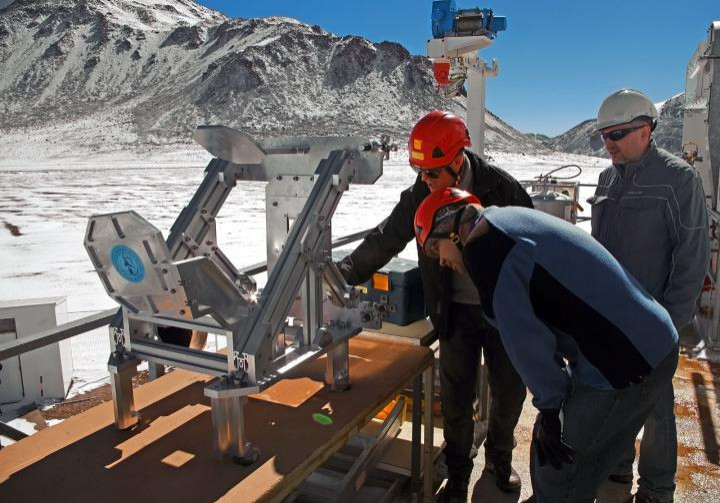Sepia space water detector ready for scientists to explore Milky Way after test success

The Sepia receiver, which has been used to detect water elsewhere in the universe via the Apex observatory, is "being made available to the wider scientific community" after initial testing was deemed a success. Sepia was first added to Apex in February 2015 as scientists look for water signals coming from outer space.
Initial tests proved that Sepia is sensitive to light with wavelengths between 1.4mm and 1.8mm - where signals from water in space are found. The water is found in the form of molecular clouds within the Solar System and "is expected to provide critical clues to the role of water in the Milky Way and in the history of the Earth," according to a statement from the European Southern Observatory (ESO).
"The first measurements with Sepia on Apex show that we really are opening up a new window, including looking at water in interstellar space - Sepia will give astronomers a chance to search for objects that can be followed up at higher spatial resolution when the same receiver becomes operational on the Alma array," says John Conway, director of Onsala Space Observatory, Chalmers University of Technology in Sweden.
As a result, Sepia is now available to astronomers who wish to use the signal receiver, which is situated on the atmospherically dry Chajnantor Plateau in northern Chile. For Sepia – which stands for 'Swedish ESO PI receiver for Apex' – to be effective, a very dry atmosphere is needed in order to pick up the faint water signals. Additionally, the detectors need to be cooled to four degrees above absolute zero – 269C.
© Copyright IBTimes 2025. All rights reserved.






















